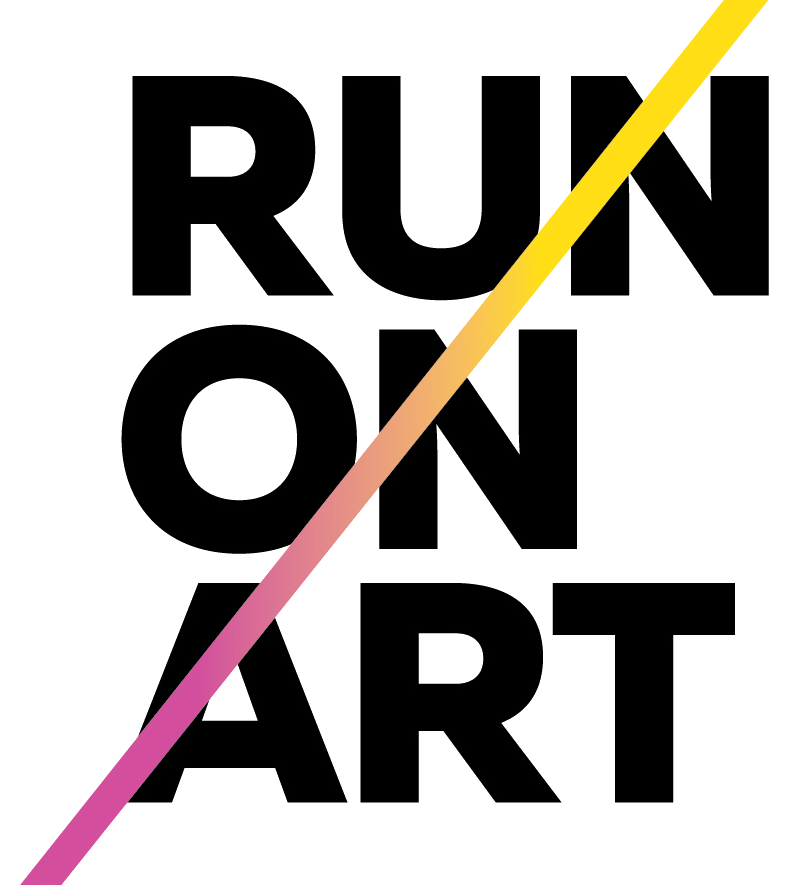
BETWEEN WATER AND ROOF: STORIES OF BLACK
a cinematic exploration of light, darkness, and transformation
"Between Water and Roof: Stories of Black" is an experimental documentary that combines the power of storytelling, philosophical inquiry, and choreographic expression, the film explores the existential experience of uncertainty, fear, and self-awareness.
Through poetic imagery and narrative interviews, the protagonists share personal thoughts and experiences, shedding light on the multifaceted nature of human consciousness. Water, as a symbol of transformation and fluidity, and the ceiling, as a representation of boundaries, create a dialogue between the inner and outer worlds, darkness and light.
Structured around three thematic "spirals"—darkness, conflict, and reconciliation, the film invites viewers on a profound dive into life's existential questions. Its unique blend of image, sound, and movement delivers a sensory experience that bridges philosophy with art, interviews with choreography, and the abstract with the personal.
"Between Water and Ceiling: Stories of Black" is a poetic and multidimensional exploration of human condition, standing between light and darkness, certainty and uncertainty.
Efi Spyrou | Visual Artist/Director
In Conversation: Efi Spyrou & George Drivas
A dialogue unfolded during the conceptual development of the film and became the foundation for its narrative and visual world.
Efi: Most of your films are black and white. Why black and white?
George: Black and white in my films...
I wouldn't necessarily call them black and white, but perhaps dark and bright.
I like to explore the in-between — where things are a little bright and a little dark — in order to leave room for viewers to project their own interpretations onto my work.
'Half-light' might be a good word to describe it: a grey zone that is both clear and open to interpretation and multiple readings. I try to create a somewhat vague atmosphere where things are clear, yet simultaneously unclear. For example, it's never clear when and where my stories happen, or who and what the characters are exactly. My works are both concrete and vague, bright and dark...
I’d say they’re both white and black.
Efi: The people in most of your works are either still or moving in a minimal, predetermined way. Are people acting as shadows? Or are they shadows themselves?
George: To me, people are like actors— as if they are always performing, as if they are acting as themselves. They act out their race, their job and their relationships with others. They serve and reproduce certain behavioral structures. That’s why the heroes in my work often wear their costumes as symbols of certain type of characters and professions. Symbols of types of people. My heroes don’t have names. They only have responsibilities. They fulfil the social roles they have chosen and at the same time they have been assigned to. They give and obey orders. This explains their slow movement and immobility. They can't move easily because they are on a mission and can't easily change.
Efi: Are they dead or alive? Are they present or absent from the events around them?
George: My heroes create the conditions that shape them. They are both present and absent in the events around them. In a two-way relationship, they influence the environment that influences them. They are free in their prison.
Efi: If the dead have no shadows, are your protagonists dead or shadowy?
Are they self/other shadow-eaters? Do they live off, under or with the shadows of others?
George: My protagonists live under the shadow of what they do — a shadow they have co-created. Whether they want to or not, they affect their environment, that affects them. This creates shadows on them and on those around them. They are in the shadow and they create shadows at the same time.
Efi: Why are they stationary or moving so slowly? What makes them immobile? Is their immobility a choice, or does it result from an event?
George: My heroes move very little. They move slowly, like prisoners taking a walk in their yard. Their movement or immobility is also open to interpretation and perception. They may experience it quite differently from us, their viewers. For some, even a little movement is too much, while for others it is not. Now, let's address the question of why my heroes are the way they are and why they move as much as they do. I would say that my heroes are locked into the choices they make, or could have made. Those choices naturally characterize them — they define them. They both mobilize and immobilize them. In a sense, that is their destiny.
Efi: Your people seem numb and devoid of emotion. Is that so? Do they feel anything?
George: 'How does one who cannot feel, feel?' asks a heroine in my work, “Aeonium”. She continues: 'It’s not easy to describe. How can you feel cold or heat when you can't feel them? When you can’t even remember what it was like to feel them?" My characters are trying to exist and feel something. Do they succeed? Maybe. But only for a while. As much as they can, and as much as they are allowed. We mustn't forget that emotions are subject to social contexts. To particular societies and times. To structures. In my world, in the world of my work, my heroes feel what they can feel. In the eyes of the viewer, however, it may appear to be something else. The purpose is not to create heroes that are understandable or acceptable to each viewer, Rather, it is to invite viewers to understand the world of my heroes. What is an emotion — or a non-sentiment — to a person may be quite different, or even the opposite, for someone else.
Efi: Are they afraid? Are they sad? Can they sleep at night? They look like wax dolls with open eyes. What is their relationship with reality, and with fantasy or dreams?
George: At every moment, we imagine ourselves to exist, and then we try to convince ourselves that what we imagine is real. That’s what I believe about life in general. That’s what I believe my heroes do.
Efi: Does their fear 'give them a reason to exist'? (Monologue from Aeonium)
George: 'Fear helps me. I make plans. I organise my days with fear in me. Fear of everything, and often of nothing in particular. But without it, I couldn’t bear it. It gives me a reason to exist. Without it, I might not have got this far. After all, to fear is to survive.'
Efi: Have their fears been transformed into something else, or are they fixed elements of their psyche?
George: 'Fear, like all emotions, is subjective, both as a feeling and as an interpretation. Some people are afraid. Others think they are not afraid, but deep down they are. Of course, fear can be a driving force. In fact, it is often the very reason that makes you want to live, because you are afraid that everything you have will be lost — and with it, you. My heroes are often called upon to overcome fear and obstacles, to pass a test or to stand up to something that breaks or threatens them. In that sense, they try to fight whatever scares them. Fear defines them — and motivates them at the same time.'
Efi: Is the reaction to something ominous, or to something that is happening — whether that be an individual or collective affair?
George: The walls of the labyrinth — if I can call it that — are different for everyone. But the labyrinth as an existential and social condition exists for everyone. It does not stop anywhere. There is nothing that exists outside of it. We are all in it. From there on, people react as they can. Individually, collectively, or both. Any reaction is both an individual and a collective matter.
Efi: What is our relationship with the Other, the foreign or the different? Do you believe that the familiar/native and the stranger can be one? What is their relationship?
George: What is Other? The Other is anything we do not know or have not accepted. Above all, the other, the foreigner is ourselves. By extension, the relationship between the local and the Other is one's relationship with another aspect of their potential self.
Efi: How does this relationship manifest itself in your work? Can this relationship change and bring things into the light?
George: The relationship with the Other... Everyone chooses how to handle what they don’t know to some extent. What is unfamiliar to them. One can choose to try to understand it, ignore it, entrench it or exclude it. This was the theme of my work, 'Laboratory of Dilemmas', with which I represented Greece at the Venice Biennale. The piece was inspired by The Suppliants, In this play, the king of Argos is asked to make a decision: Should he protect a group of women who have arrived from Egypt? who are on the run and asking him for help. If he helps them, he will be turning against the Egyptians who are chasing them and risking war. If he doesn't help them, he goes against the commandments of his gods which forbid to ignore a suppliant in need of help. So, how should one react to the foreigner? To an upheaval or challenge — social or existential? Should you protect it, accept it, ignore it or keep it at a distance and leave it to its own devices and preserve your own security?
Efi: How easy is it to emerge from the darkness? What is the price?
George: How easy is it to finally emerge from the darkness? Of course, it’s not easy. It's never easy. Don't you think it would be easy for you? You have to be determined to move on, whatever the cost. You may even have to change, to create a new, better version of yourself to become a little more flexible and resilient. a little more... acceptable.
Efi: Can the past provide a way forward for the future?
George: The truth is that anyone who does not know the past is doomed to repeat the same mistakes. The fundamental questions facing humanity never change. We answer them over and over again. All we can do is answer them as correctly as possible for each era. trying to improve our answers slightly, to achieve better results.
Efi: Is returning to black the only way for us to transform? Is it the only way to pass from darkness to light — and vice versa?
George: A return to black? I don't know exactly what that means. I don’t know if it’s a return or a better way to embrace it. To me, it's a daring dive into the unknown, into the open. Perhaps even into the utterly new and untried. A turn to black as a way of redefining ourselves — and the world around us. It is a way to re-exist on different terms.
Efi: What do you think the next day will be like after black?
George: What is the next day? It will be the same as every other day. The question is — How much will we be the same?







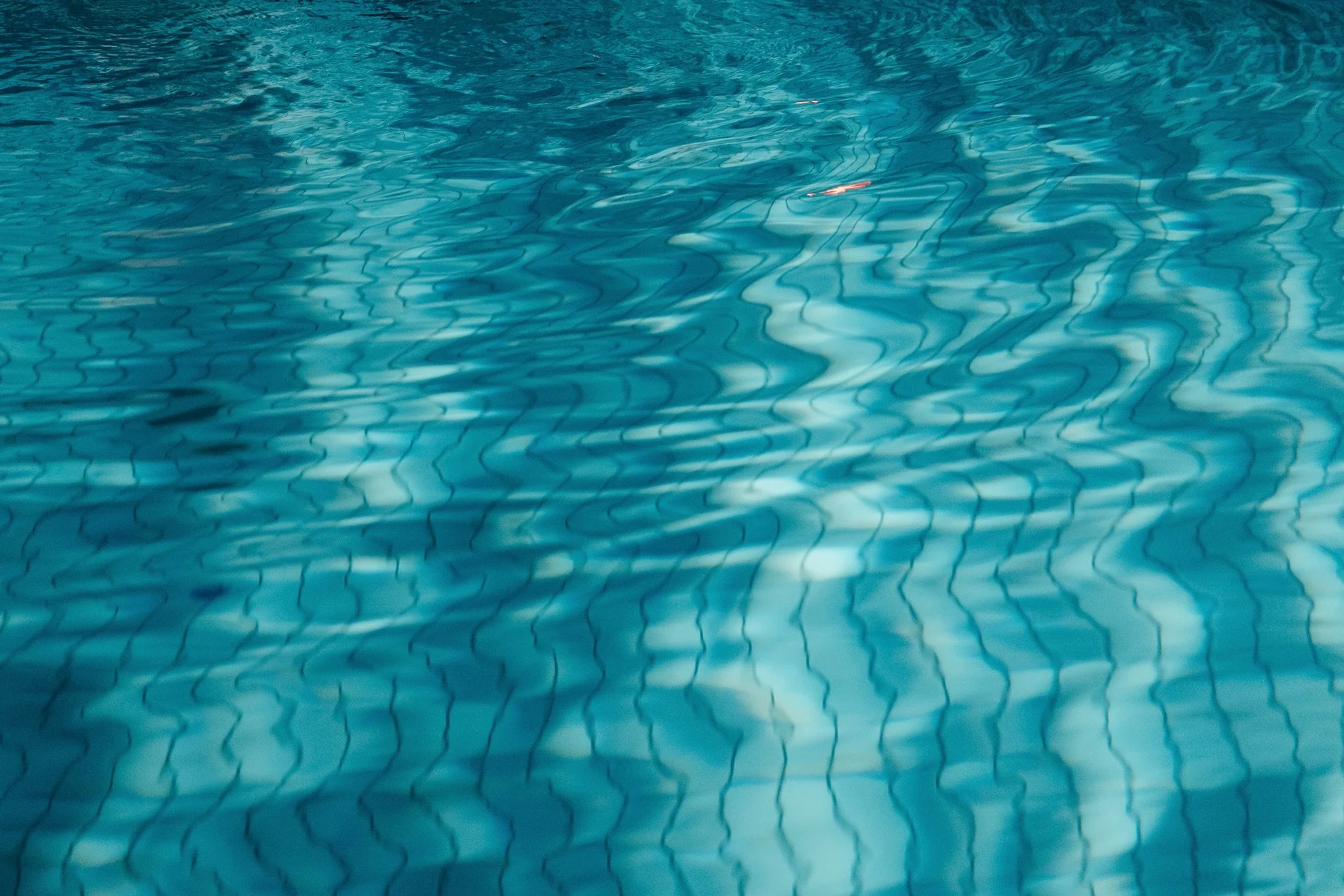


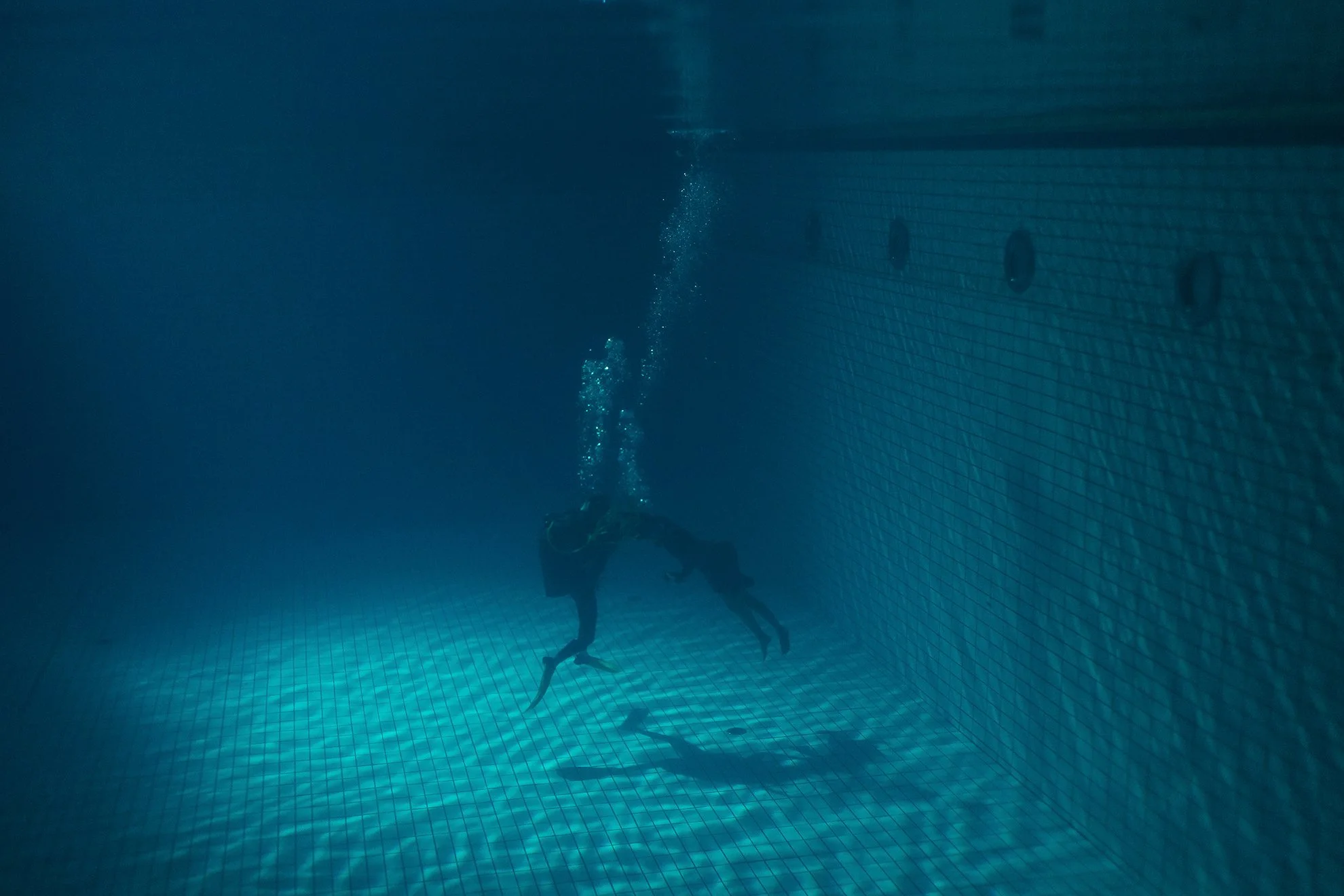
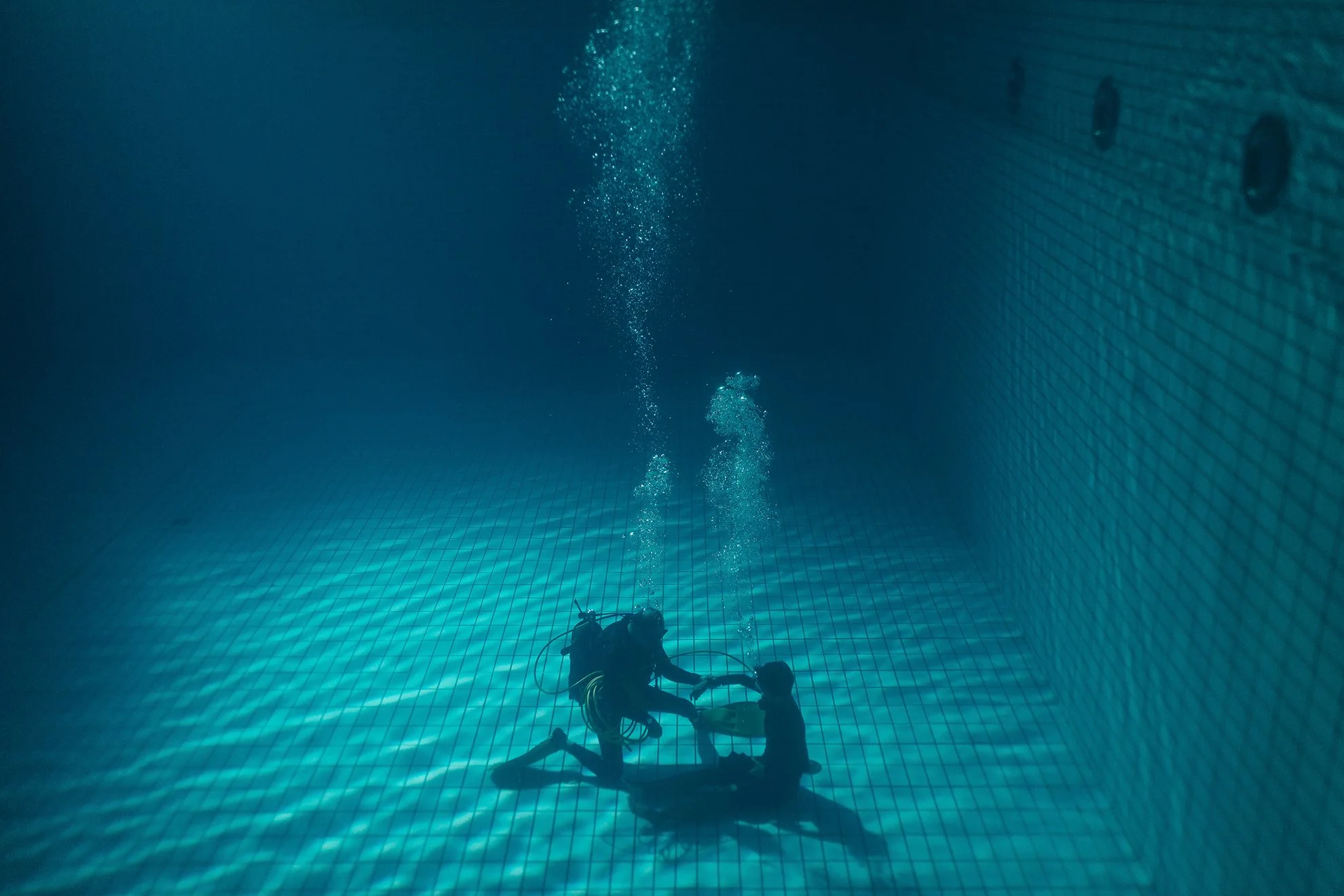

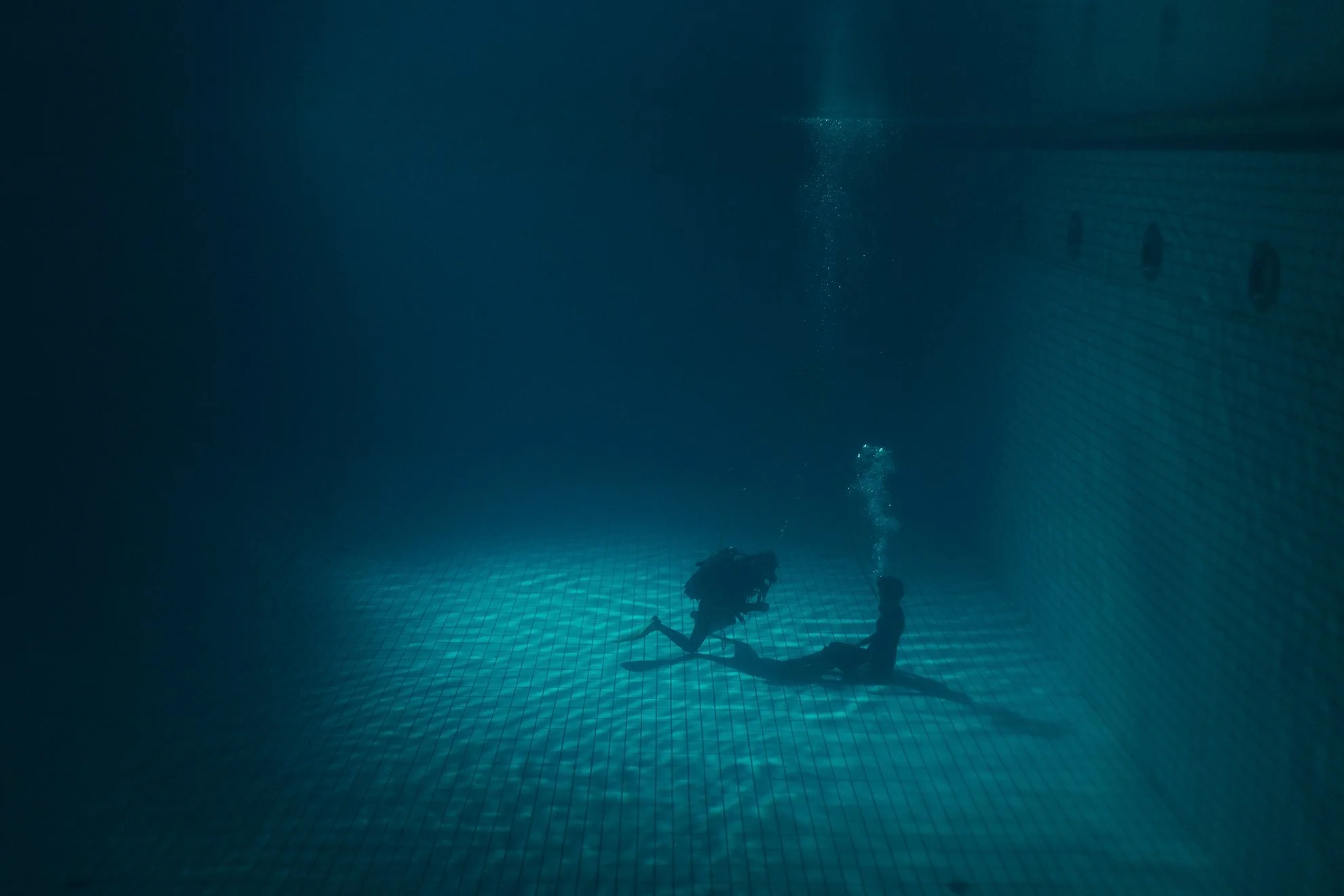


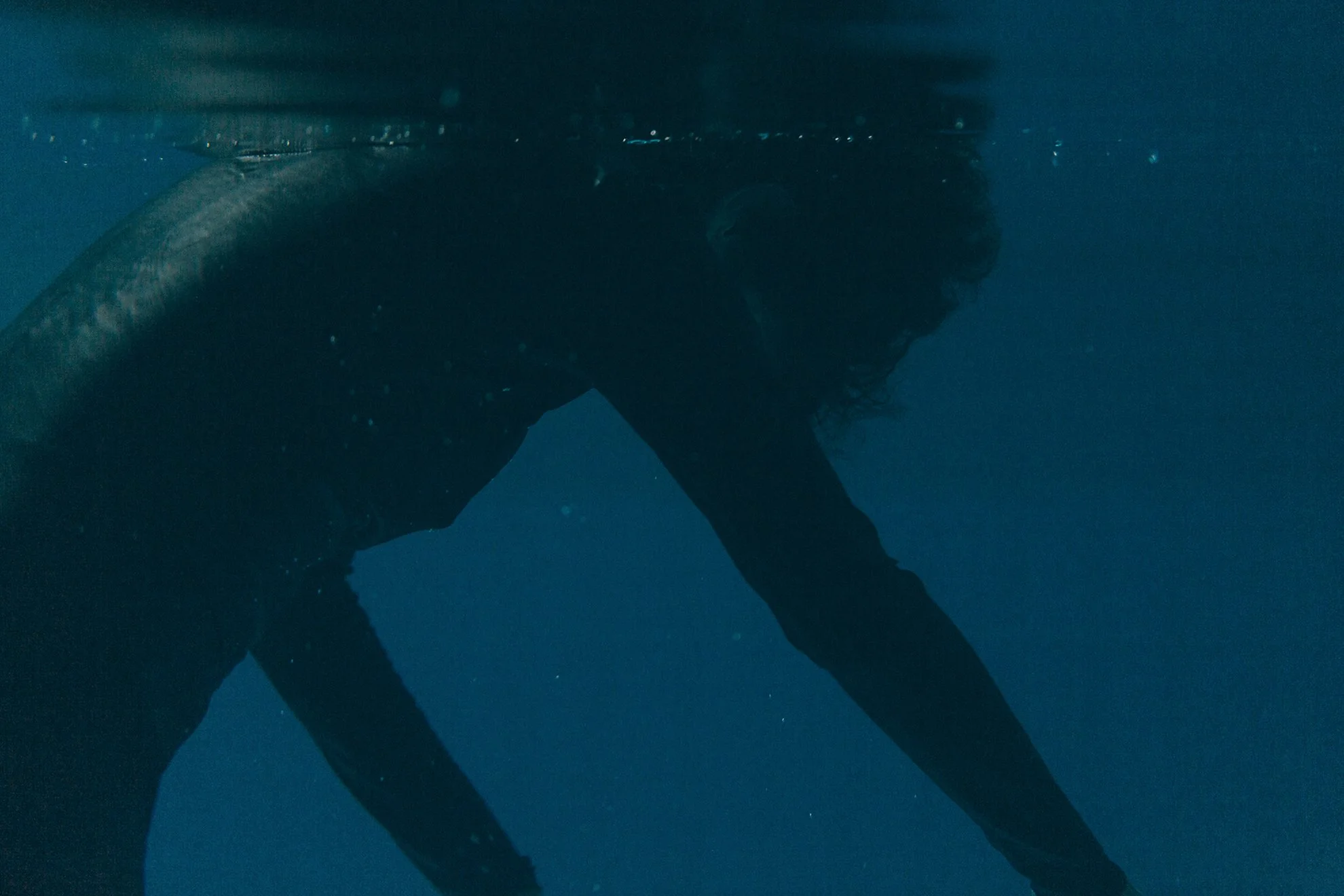













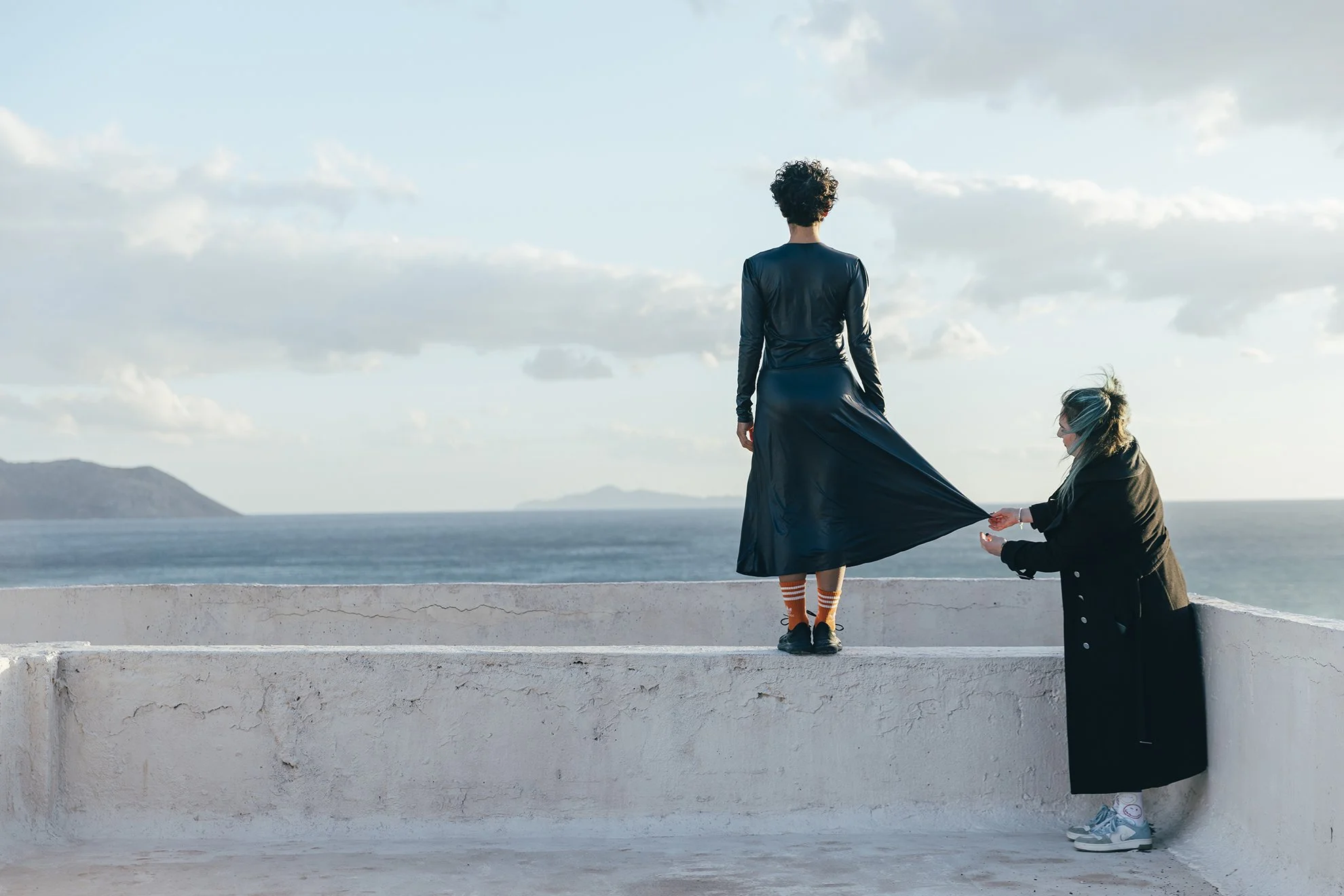
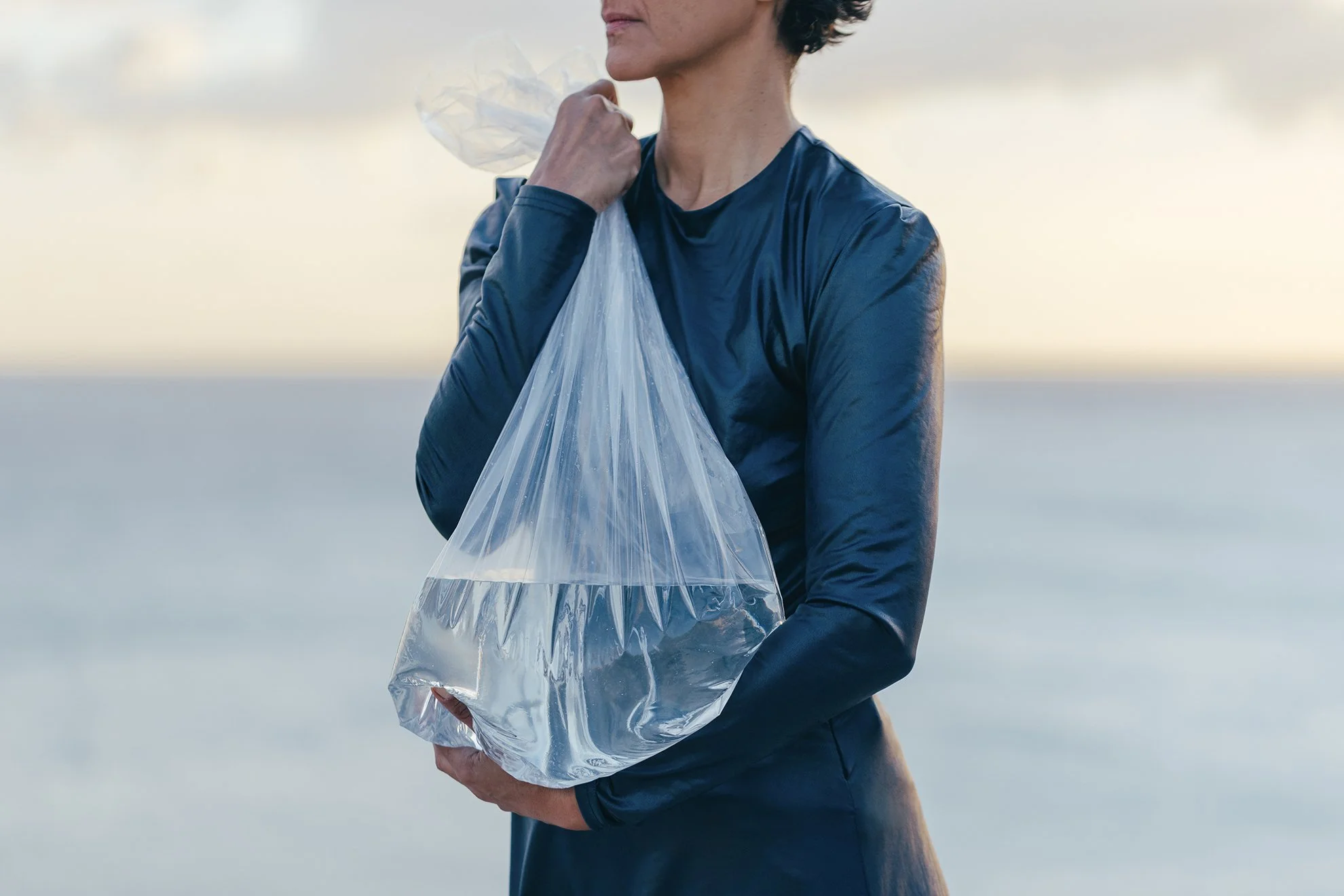
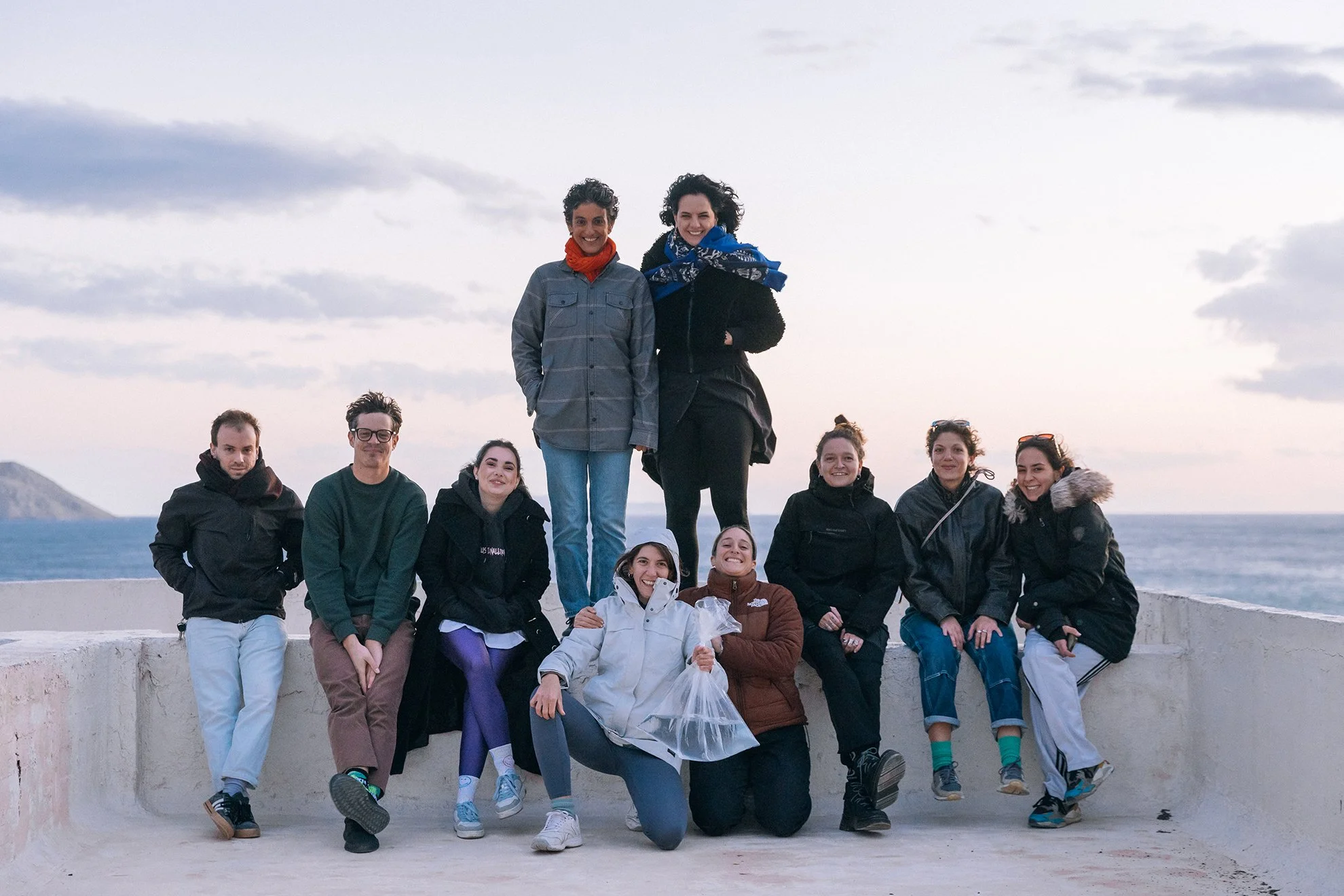
CREDITS
Production: RUNONART NPO
Film Concept - Director: Efi Spyrou
Performed by: Marianna Kavallieratou, Choreographer
With: Dimitris Dikeos, Professor of Psychiatry, Somnologist
Giorgos Drivas, Visual Artist/ Film Director
Director of Photography: Zeta Spyraki
Executive Producer: Kyriaki Kontaratou
Editor: George Alefantis
Sound Composer/ Designer: Dimitris Tsoukas
First Assistant Director: Nefeli Oikonomou Pantzou
Underwater Camera Operator: Marios Zervas
Aerial Camera Operator: Giorgos Pappas
First Camera Assistant: Alex Panitsas
Gaffer: Markela Kontaratou
Sound Recordist: Christos Sakellariou
Hair Stylist: Maria Chatzitheodorou
Makeup Artist: Constantina Kokkali | by Freddy Makeup Stage
Costume Designer: Eleftheria Arapoglou
